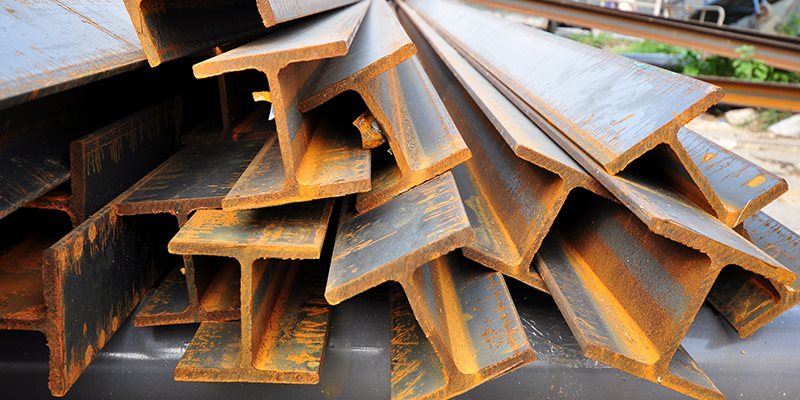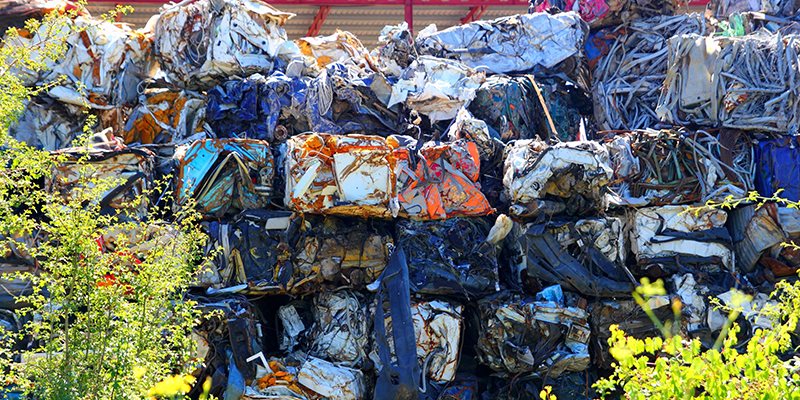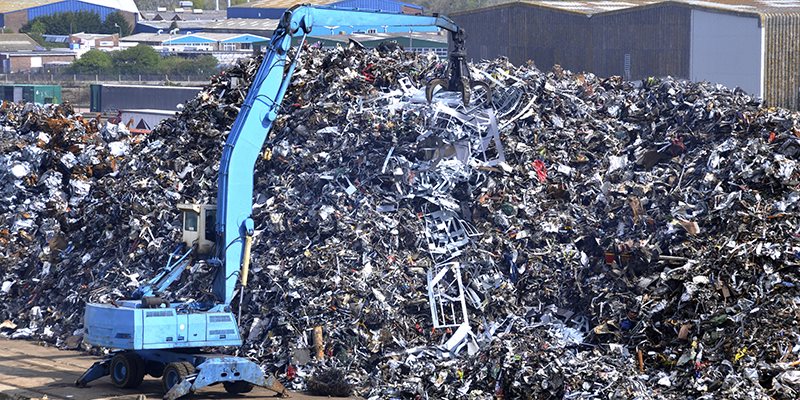

The metallurgical properties of steel mean it can be recycled continually with no degradation in performance, making it an intrinsically sustainable construction material.
Steel’s high strength-to-weight ratio means that in most construction situations, use of a structural steel frame reduces foundation loads. Off-site precision fabrication also reduces waste and site transport and improves quality. Quality outcomes result in longer life structures. Research by the steel industry has achieved, and is leading to the development of, ever stronger steels that reduce the amount of steel needed for the same outcome.
.jpg?variant=HalfWidth)

Steel construction components have the ability to be reused in their original state. This attribute is becoming more widely recognised with structures increasingly being designed for deconstruction – and the steel components being permanently identified for future reuse (see Design for deconstruction and reuse). Reuse of steel has significant benefits in energy consumed.
Recycled steel accounts for significant energy and raw material savings including over 1400 kg of iron ore, 740 kg of coal and 120 kg of limestone saved for every 1000 kg of steel scrap made into new steel (Sustainable Steel – Policy and Indicators 2014, p.5, worldsteel).
Consumption of recycled steel is limited by its availability. It remains in use in durable products and infrastructure for long periods of time and there is currently not enough scrap available to meet demand. Of the steel made in Australia, about 20% is Electric arc furnace (EAF) and 80% Blast furnace (BF/BOS) produced.

Electric arc furnace steelmaking depends largely on scrap and typically post-consumer scrap content is 85% or higher. Blast furnace-produced steel uses around 20% of scrap metal both internally arising and bought in post-consumer scrap.
The Hyder Report ‘Waste ferrous metal in Australia’ (PDF), 2009, records that over 90% of all steel in Australia is recycled into prime new steel products. BlueScope Steel has maintained a material efficiency rate of more that 95% since FY2011 (BlueScope Steel Sustainability Report 2017).
Steel manufacture generates very little that goes to waste and utilises all of the scrap steel it can obtain to create new steel products. Steel does not need to be down-cycled, i.e. converted into a new material of lesser quality and reduced functionality. Examples of down-cycling are crushing concrete to produce aggregate for fill or chipping timber to produce chipboard. Steel can be used again and again by remelting and recycling without loss of its intrinsic properties.
